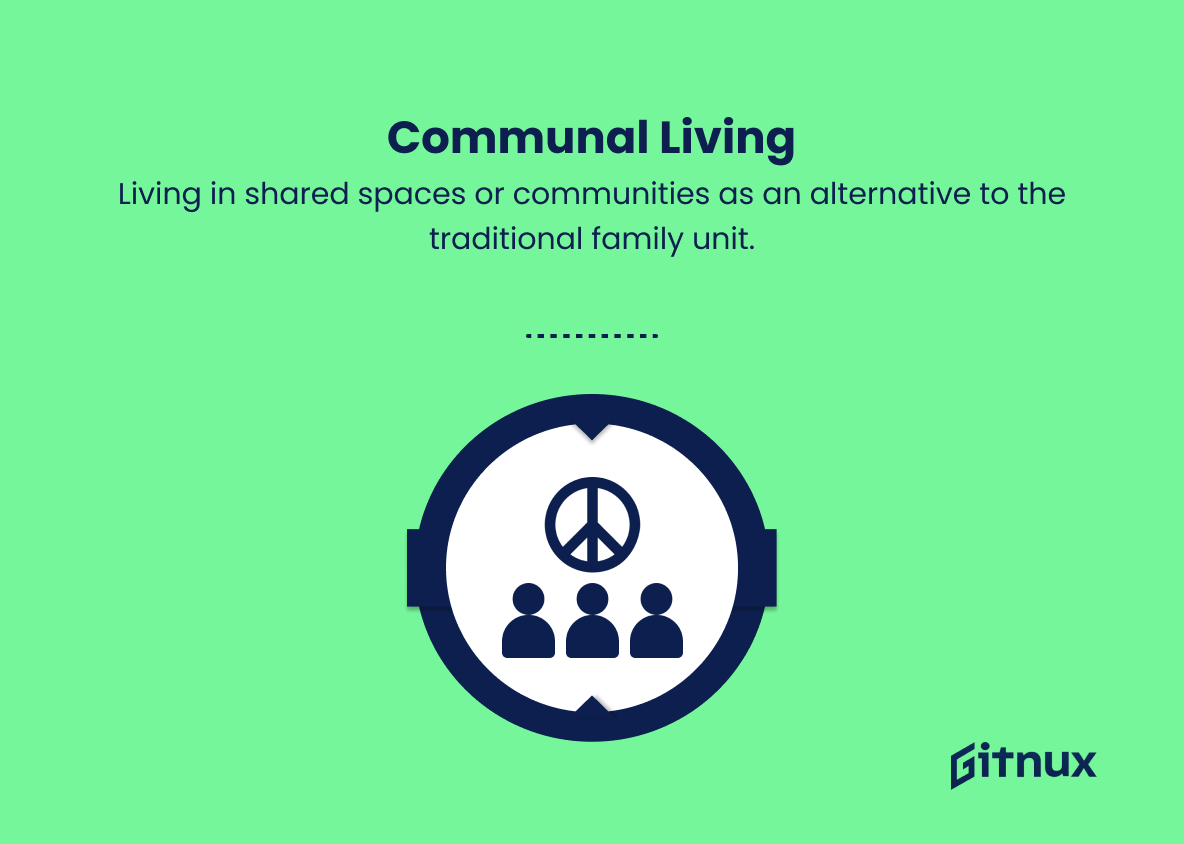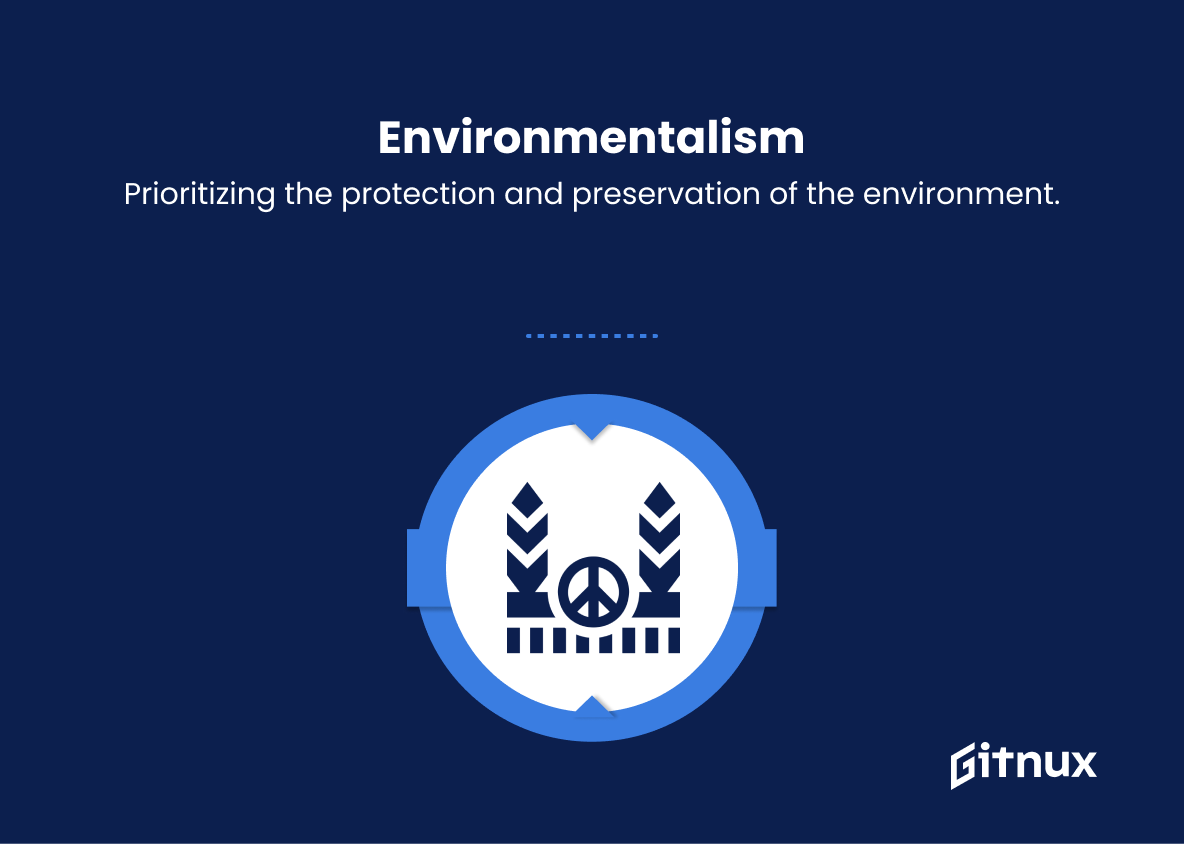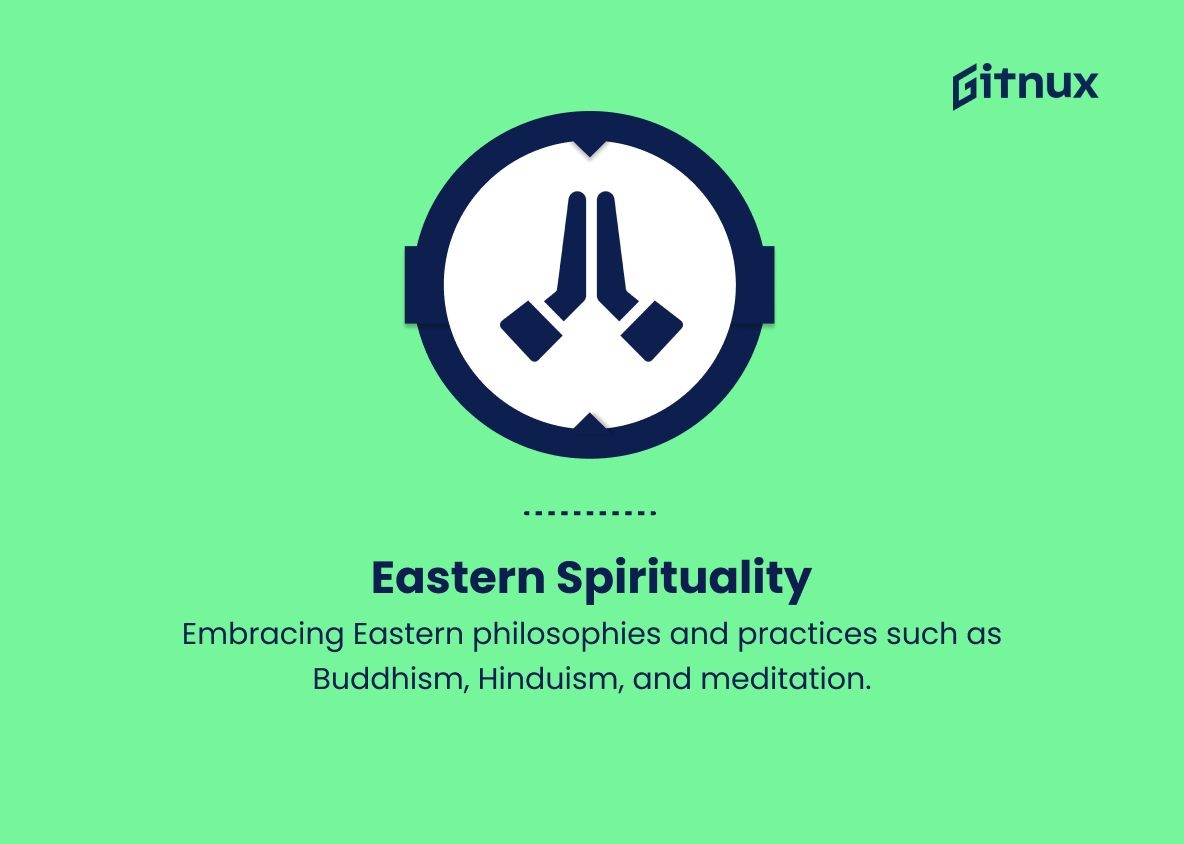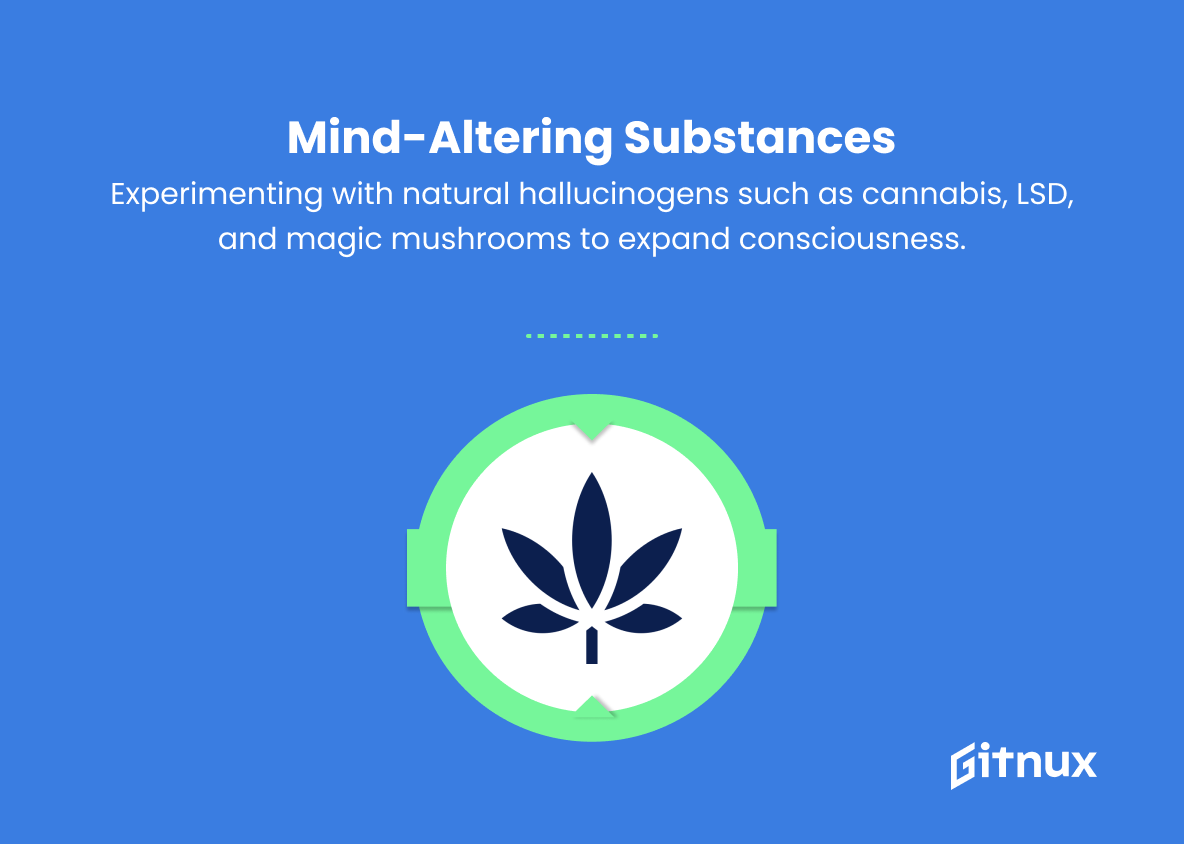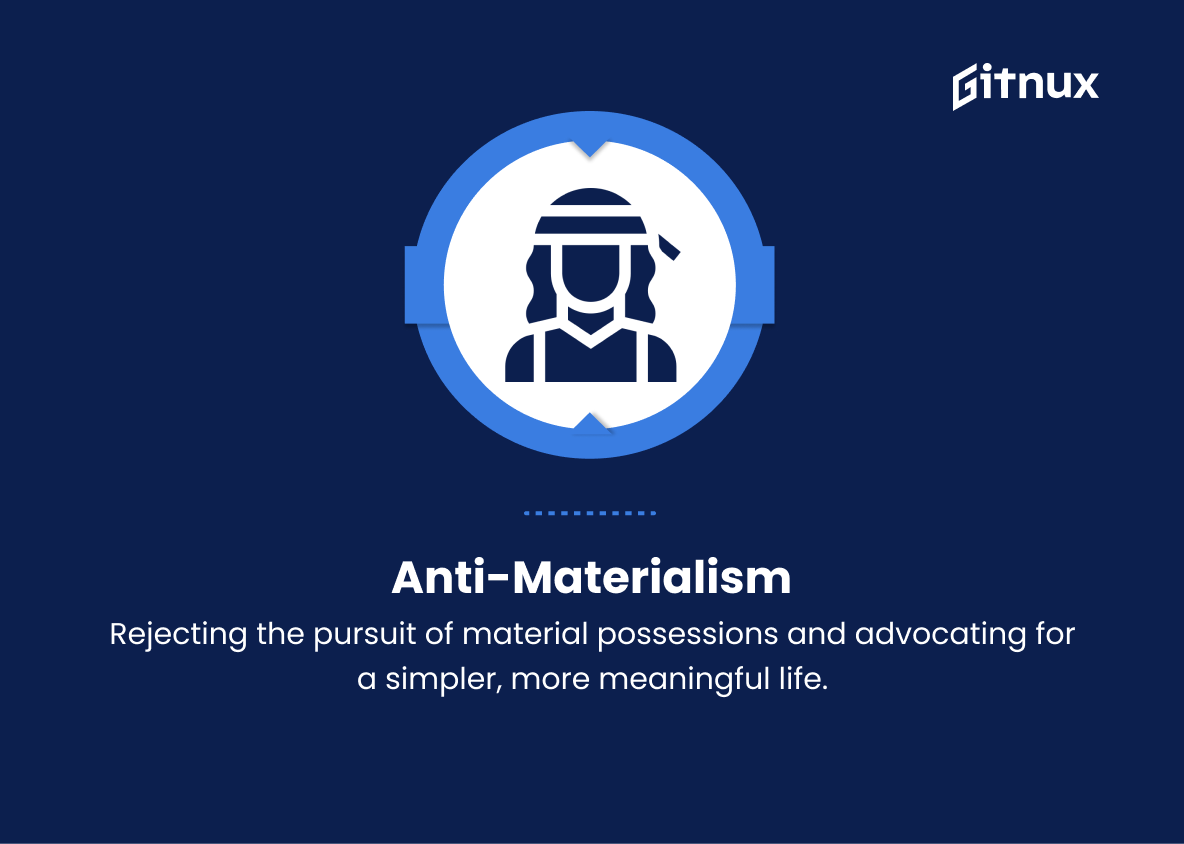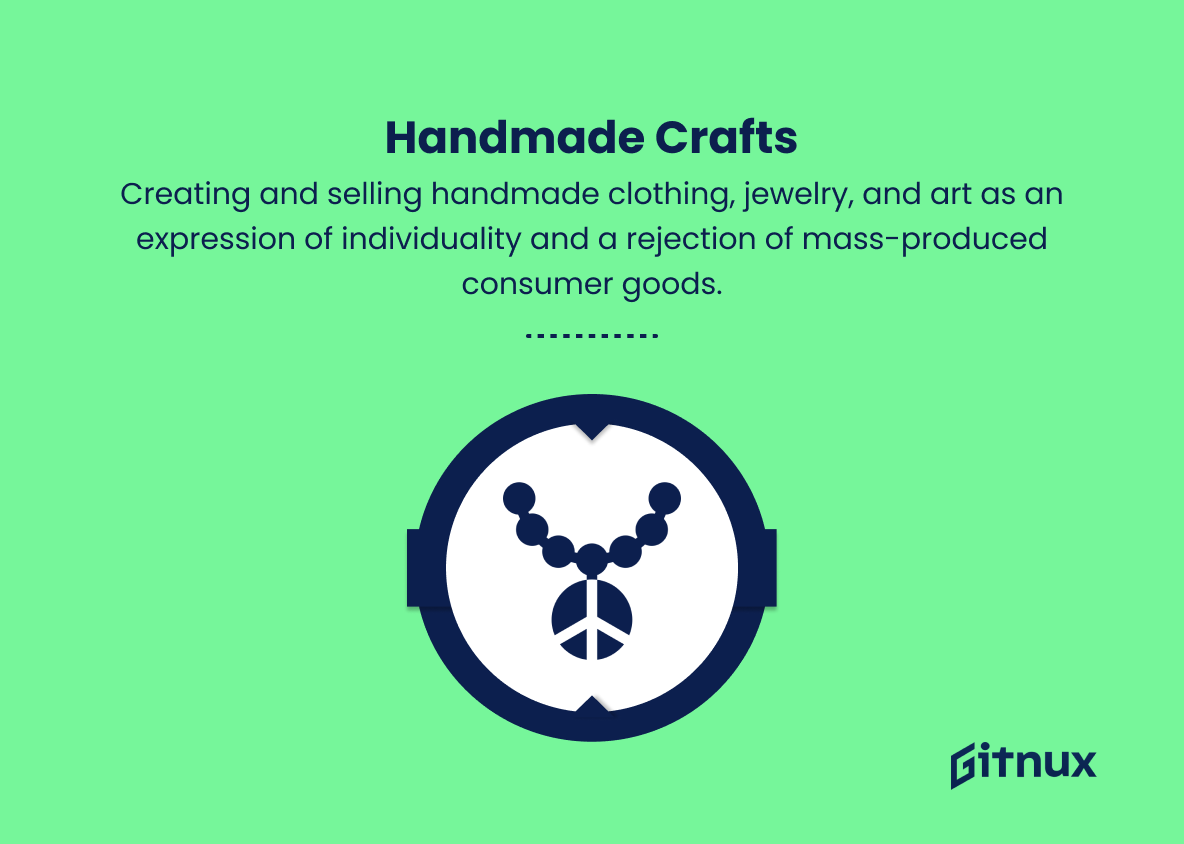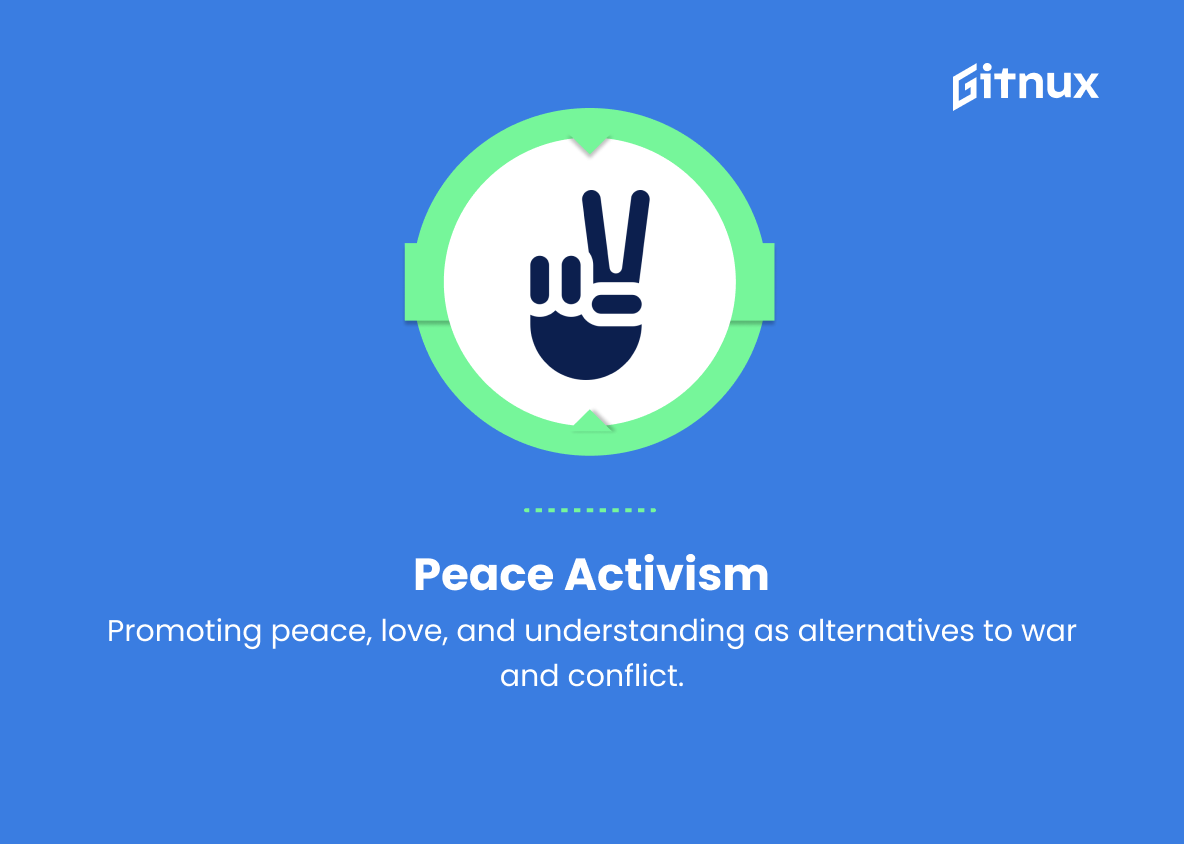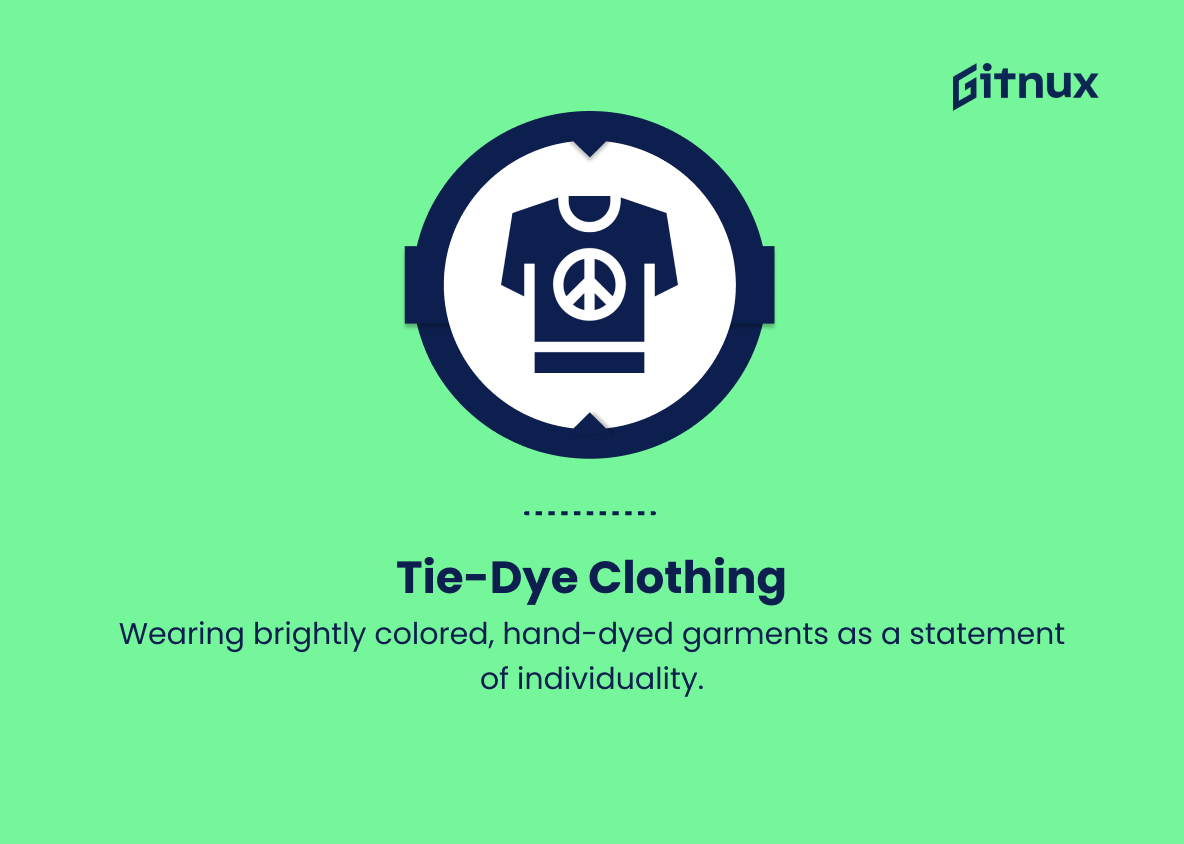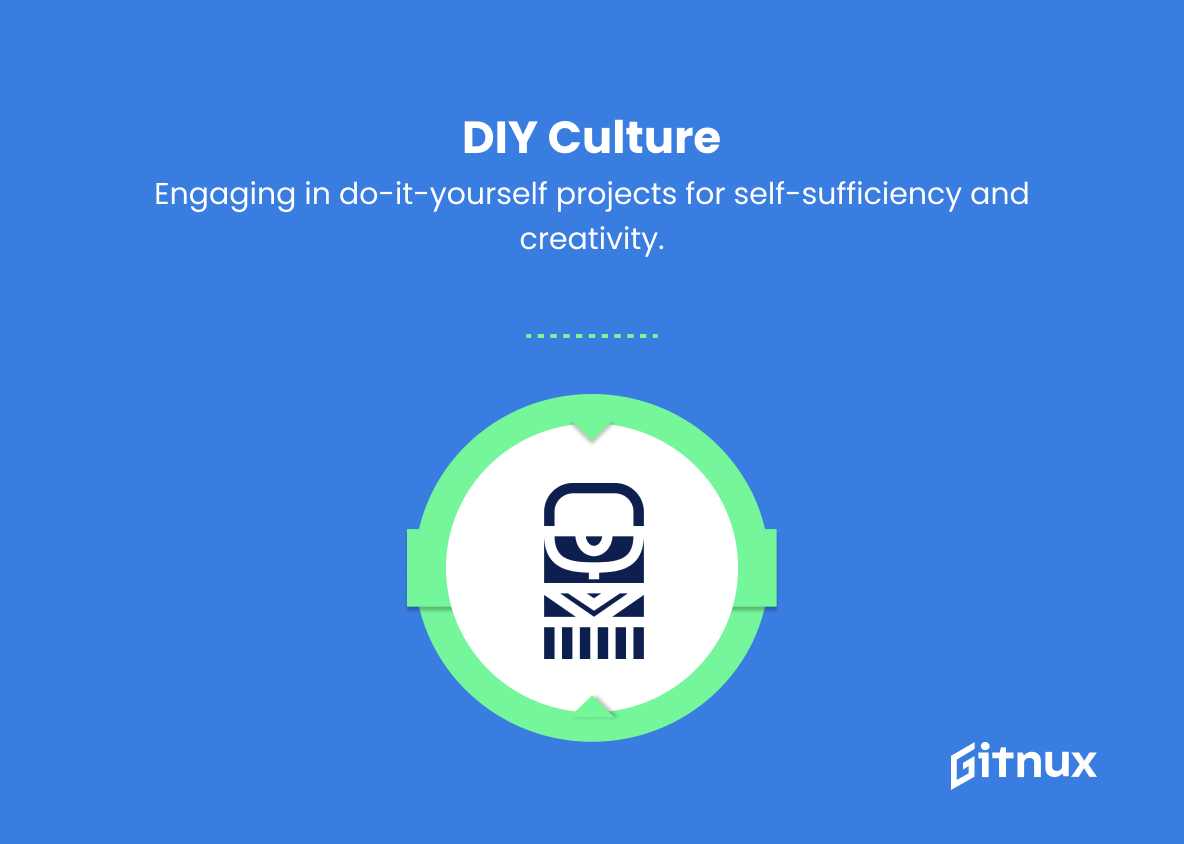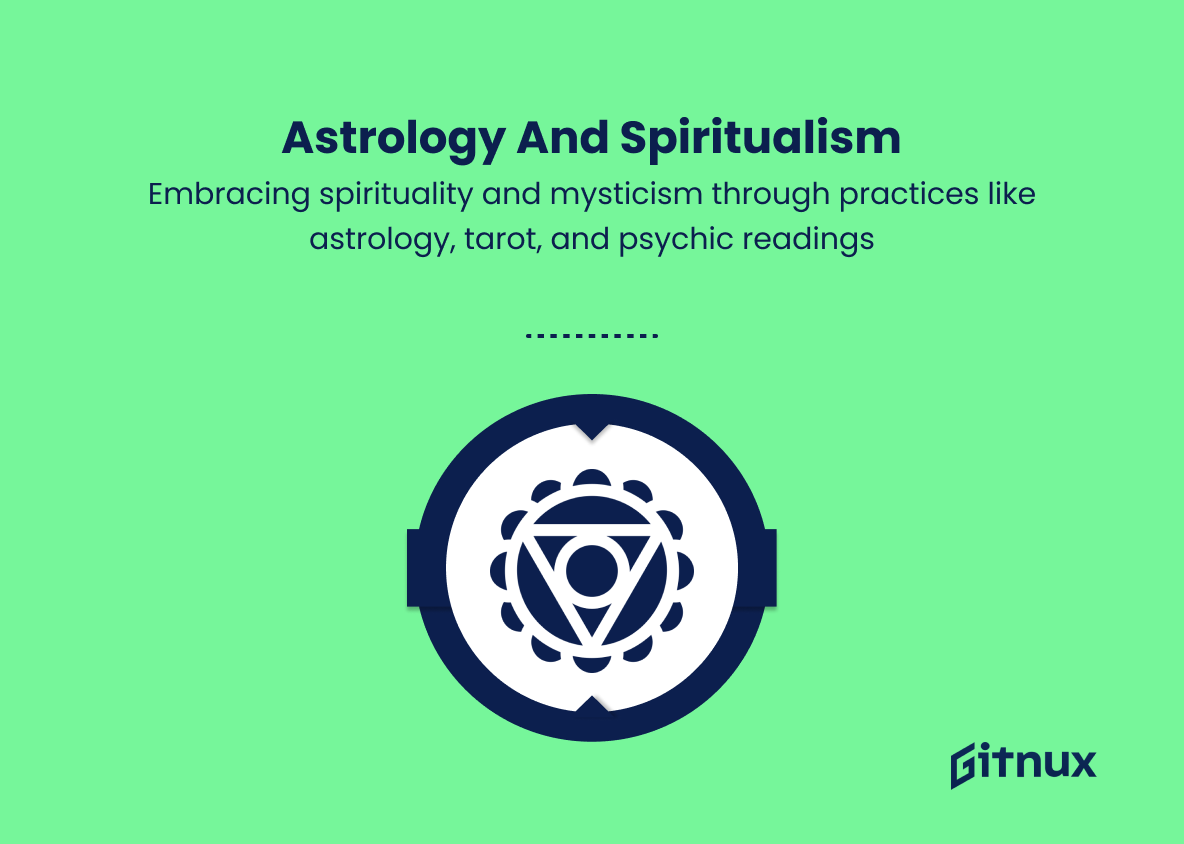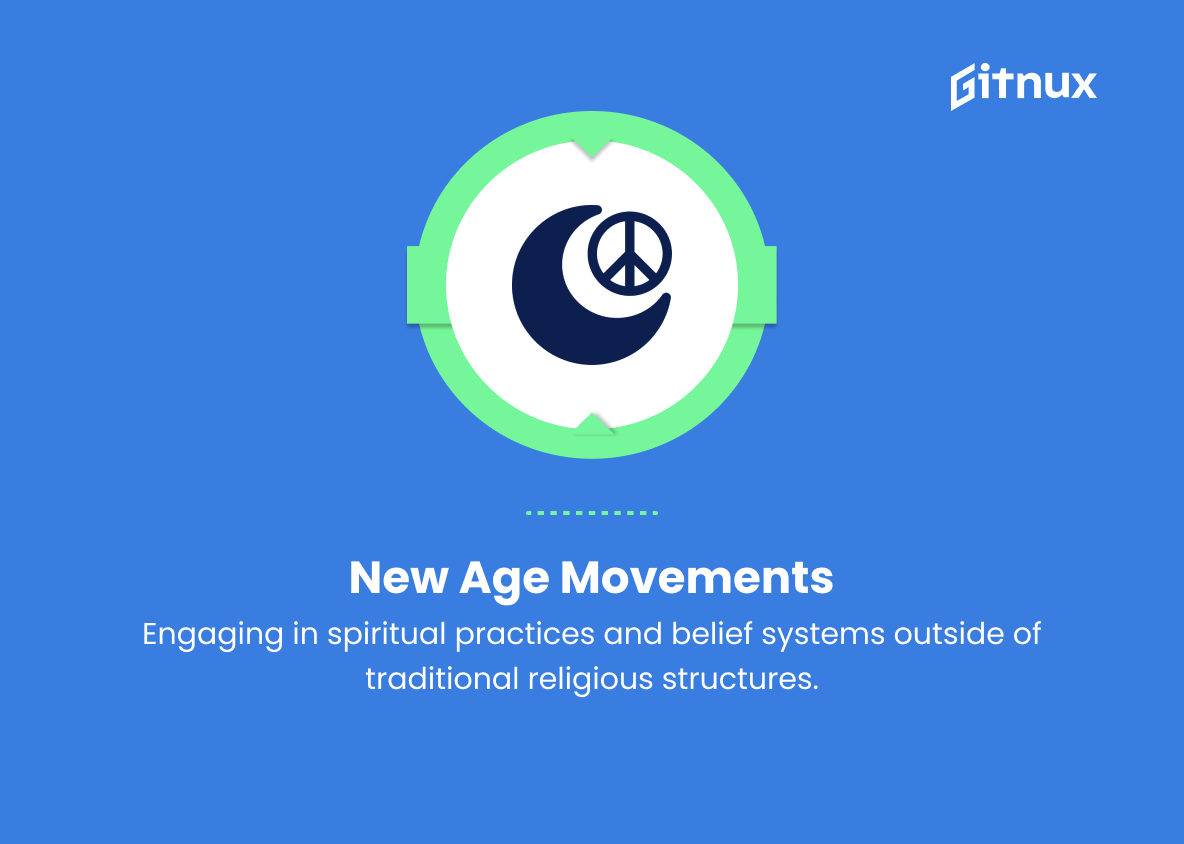In recent years, there has been a resurgence of interest in the counter-cultural ideals and aesthetic sensibilities of the 1960s, leading to the steady rise of contemporary hippie trends. These trends, while rooted in history, are also deeply connected to current social and environmental concerns.
In this enriching blog post, we will delve into the origins and motivations behind these modern hippie trends, analyze their significance in today’s rapidly evolving world, and explore their potential impact on the future of our society, economy, and environment. Join us as we embark on a journey to rediscover the essence of the hippie movement and uncover the timeless values it offers to empower global change.
Top Hippie Trends
1. Free Love
Advocating non-monogamous relationships and a rejection of traditional marriage structures.
2. Communal Living
Living in shared spaces or communities as an alternative to the traditional family unit.
3. Vegetarianism and Veganism
Promoting plant-based diets for ethical, environmental, and health reasons.
4. Environmentalism
Prioritizing the protection and preservation of the environment.
5. Eastern Spirituality
Embracing Eastern philosophies and practices such as Buddhism, Hinduism, and meditation.
6. Mind-Altering Substances
Experimenting with natural hallucinogens such as cannabis, LSD, and magic mushrooms to expand consciousness.
7. Anti-Materialism
Rejecting the pursuit of material possessions and advocating for a simpler, more meaningful life.
8. Handmade Crafts
Creating and selling handmade clothing, jewelry, and art as an expression of individuality and a rejection of mass-produced consumer goods.
9. Peace Activism
Promoting peace, love, and understanding as alternatives to war and conflict.
10. Music Festivals
Gathering in large groups to celebrate peace, love, and music through events such as Woodstock.
11. Tie-Dye Clothing
Wearing brightly colored, hand-dyed garments as a statement of individuality.
12. DIY Culture
Engaging in do-it-yourself projects for self-sufficiency and creativity.
13. Alternative Medicine
Exploring non-traditional healing methods such as herbalism, acupuncture, and Reiki.
14. Astrology and Spiritualism
Embracing spirituality and mysticism through practices like astrology, tarot, and psychic readings.
15. New Age Movements
Engaging in spiritual practices and belief systems outside of traditional religious structures.
16. Feminism and Gender Equality
Advocating for equal rights for women and challenging restrictive gender norms.
17. Holistic Health
Focusing on the interconnectedness of mind, body, and spirit for overall well-being.
18. Yoga and Mindfulness
Practicing yoga, meditation, and mindfulness as tools for self-discovery and inner peace.
19. Slow Fashion
Recommending sustainable, ethically sourced clothing and prioritizing quality over quantity.
20. Conscious Consumerism
Encouraging responsible consumption and supporting environmentally friendly and socially conscious businesses.
Implications
As a futurist, I believe that the resurgence of these hippie trends will have significant and lasting implications for our society. Free love and communal living could potentially disrupt traditional family structures and reshape societal expectations surrounding relationships and living arrangements. The rise of vegetarianism, veganism, and environmentalism will likely prompt a more significant emphasis on sustainability and ethical consumption, with industries adapting to meet the demands of conscious consumers.
Embracing Eastern spirituality, mindfulness, and holistic health practices may lead to a broader understanding of wellness and a shift in focus from purely physical health to mental and emotional well-being. Experimentation with mind-altering substances could drive further scientific research into their therapeutic potential and destigmatization. Rejecting materialism and embracing DIY culture, handmade crafts, and slow fashion will encourage creative expression, self-sufficiency, and reduce dependence on mass-produced goods.
Peace activism and music festivals may foster more unified communities that prioritize cooperation over conflict. The adoption of tie-dye clothing, astrology, spiritualism, and new age movements not only promotes individuality but also fosters curiosity and open-mindedness to alternative perspectives. Advocacy for feminism, gender equality, and alternative medicine will contribute to dismantling restrictive social constructs and drive more inclusive spaces for healing and personal growth.
Lastly, conscious consumerism puts pressure on businesses to engage in ethical and sustainable practices, creating a more equitable global economy. Together, these trends will weave a world that values inner peace, sustainability, personal growth, and social justice above material wealth, ultimately shaping a more compassionate and equitable future.
Conclusion
In conclusion, while the resurgence of hippie trends may have initially been dismissed as mere nostalgia or fashion statements, it’s clear that they hold a deeper significance in today’s society. These trends, driven primarily by environmental consciousness, mental well-being, and social harmony, align ideally with the concerns of the 21st century.
As we become increasingly preoccupied with the state of humanity, reconnecting with nature, and discovering genuine contentment, it’s evident that the hippie movement offers valuable lessons for us to carry forward. So, let’s continue to embrace and learn from these so-called “hippie trends” because they hold the potential to serve as guideposts to a more sustainable, compassionate, and mindful future.

